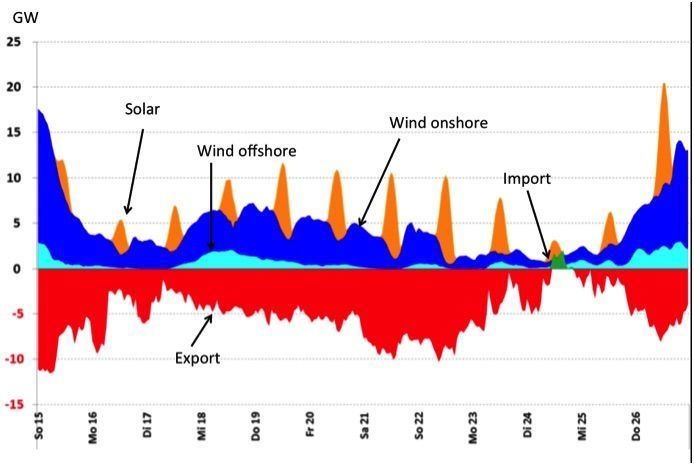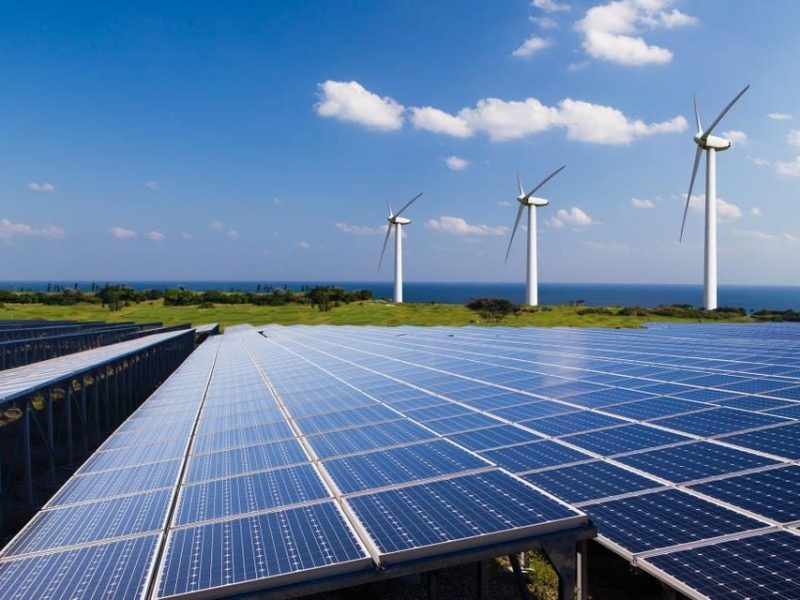Renewable energy sources like wind power have the potential to revolutionize the way we generate electricity. However, one of the biggest challenges facing wind energy is its intermittency. Unlike fossil fuels, which can be burned whenever needed, wind power is dependent on the whims of Mother Nature. This can lead to fluctuations in the supply of electricity, making it difficult to rely on wind energy as a primary source of power.
The Role of Energy Storage
One solution to the problem of wind energy intermittency is energy storage. By storing excess electricity generated during times of high wind speeds, we can ensure a steady and reliable supply of power even when the wind isn’t blowing. Energy storage systems allow us to capture and store unused electricity for use at a later time, effectively smoothing out the peaks and valleys of wind power generation.
Types of Energy Storage
There are several different types of energy storage technologies that can be used to store wind energy. One of the most common is batteries, which can store excess electricity in chemical form for later use. Other options include pumped hydro storage, compressed air energy storage, and flywheels. Each of these technologies has its own strengths and weaknesses, and the best option will depend on factors like cost, location, and the specific needs of the energy grid.
Benefits of Wind Energy Storage
Energy storage systems offer a number of benefits when it comes to integrating wind power into the energy grid. By smoothing out the peaks and valleys of wind power generation, storage can help to stabilize the grid and reduce the need for backup power from fossil fuel sources. This can help to lower greenhouse gas emissions and reduce our reliance on non-renewable energy sources.
Storage also offers the potential for greater flexibility in how we use wind power. By storing energy when it is abundant and releasing it when it is needed, we can make better use of the power generated by wind turbines. This can help to increase the overall efficiency of the energy system and reduce waste.
Challenges and Solutions
While energy storage has the potential to solve many of the problems associated with wind energy intermittency, it is not without its challenges. One of the biggest hurdles is the cost of energy storage technologies, which can be prohibitively expensive for some applications. However, as technology advances and economies of scale come into play, the cost of storage is expected to decrease.
Another challenge is the limited availability of suitable locations for energy storage projects. Pumped hydro storage, for example, requires specific geography in order to be effective. This can make it difficult to implement storage solutions in certain regions. However, with careful planning and the development of new technologies, these challenges can be overcome.
The Future of Wind Energy Storage
As the demand for clean, renewable energy continues to grow, the importance of wind energy storage will only increase. By solving the problem of intermittency, storage technologies can help to make wind power a more reliable and cost-effective source of electricity. With continued investment in research and development, we can unlock the full potential of wind energy and take a major step towards a more sustainable future.
In conclusion, wind energy storage is key to solving the intermittency problems associated with wind power. By capturing and storing excess electricity, we can ensure a steady and reliable supply of power even when the wind isn’t blowing. With the right technology and investment, we can harness the power of the wind to create a cleaner, more sustainable energy future for generations to come.


